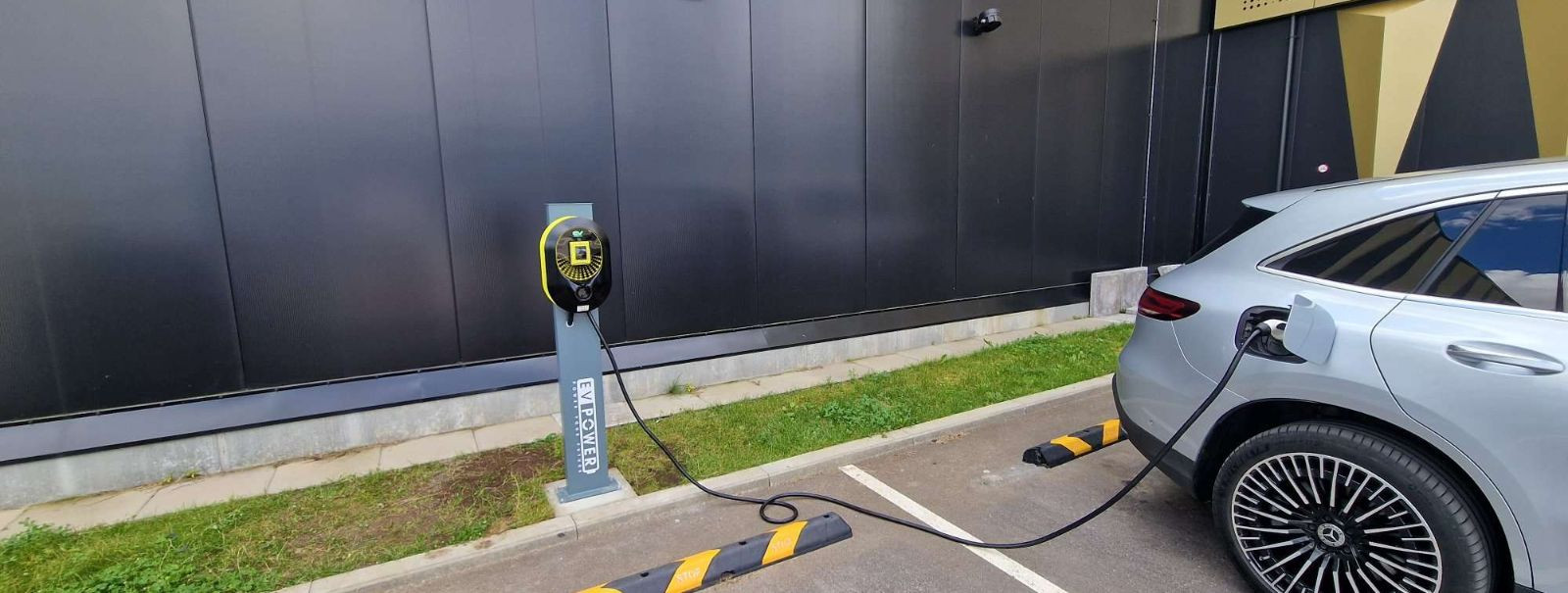Maximizing efficiency with your ev charger installation
Electric vehicles (EVs) are revolutionizing the way we think about transportation, offering a cleaner, more sustainable alternative to traditional gasoline-powered cars. A critical component of owning an EV is having the right charging setup. This involves understanding the different levels of EV charging, from Level 1 (standard household outlets) to Level 2 (higher voltage home and public chargers) and DC Fast Charging (public stations offering rapid charging).
Efficient EV charger installation is vital for several reasons. It ensures that your vehicle is charged and ready to go when you need it, minimizes the impact on your home's electrical system, and can even affect the longevity and performance of your EV's battery. An efficient installation also takes into account future scalability, allowing for additional chargers or upgrades as technology advances and your needs change.
Pre-Installation Considerations
Before installing an EV charger, it's essential to assess your home's electrical capacity. This may involve consulting with a professional electrician to determine if your current system can handle the additional load or if an upgrade is necessary. Factors such as your home's wiring, circuit breaker capacity, and existing electrical loads all play a role in this assessment.
The location of your EV charger should be convenient, accessible, and safe. Considerations include proximity to your vehicle's parking spot, protection from the elements, and ease of cable management. Additionally, think about the potential for future expansion or the addition of more EVs in your household.
Choosing the right EV charger is crucial. You'll need to decide between a Level 1 or Level 2 charger based on your specific needs, such as charging speed and daily driving range. Features like smart charging capabilities, Wi-Fi connectivity, and compatibility with renewable energy systems can also influence your decision.
Installation Process
While some EV owners may opt for a DIY approach to charger installation, it's generally recommended to hire a professional. Certified electricians can ensure that the installation meets all safety standards and local regulations. They can also provide valuable advice on optimizing the setup for efficiency and performance.
Professional installation typically involves several steps, including an initial site assessment, obtaining necessary permits, installing a dedicated circuit, mounting the charging unit, and final testing. Each step is crucial to ensure the charger operates safely and effectively.
Adhering to safety measures and compliance with local building codes and standards is non-negotiable. This includes using the correct wiring, circuit breakers, and other components that are rated for the specific demands of EV charging. Regular inspections and adherence to manufacturer guidelines are also essential for maintaining a safe charging environment.
Post-Installation Tips
After your EV charger is installed, regular maintenance is necessary to keep it functioning efficiently. This includes checking for any physical damage, ensuring that the unit is clean and free from debris, and monitoring for any electrical issues.
Many modern EV chargers come with smart features that require software updates to maintain optimal performance. Staying current with updates can improve charging efficiency, provide access to new features, and enhance overall user experience. Smart charging also allows you to take advantage of off-peak electricity rates, further maximizing efficiency and cost savings.
For the ultimate in efficiency and sustainability, consider powering your EV charger with renewable energy sources such as solar or wind power. This not only reduces your carbon footprint but can also lead to significant savings on your energy bills over time.






Comments (0)